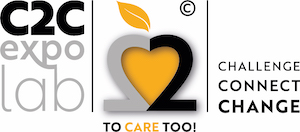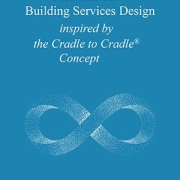Guideline for Building Services Design inspired by Cradle to Cradle Concept
As outlined in Ove Arup’s key speech from 1970, our firm is striving for a positive impact on society at large in all its work; this is reflected in a constantly growing number of sustainable and community-focussed projects that the firm and its engineers delivered over the decades. The Cradle to Cradle® framework resounds with our core values and our aim “to shape a better world”, and over the years we have been collaborating in a number of projects that aim to follow its principles. During this work we found that there was a certain lack of definition of what Cradle to Cradle® means for building services design; this is mirrored in a lack of Cradle to Cradle Certified™ products, making it difficult for MEP engineers to deliver a C2C-inspired design. With the creation and publication of this guide we are attempting to close this gap. Supported by the work of Johannes Stiglmair as part of his Master thesis* and subsequent research commission, it provides proposed objectives for each of the building services disciplines, indicates what needs to be considered at each design stage, evaluates systems for their aptness for a C2C-inspired building, and identifies which materials could be suitable for such a building. We would invite you to use this guide as a starting point when setting out to design C2C-inspired building services; it should give you a ‘head start’, but will not relieve you from having to investigate and decide upon the most appropriate solution for your project – every project has its own characteristics, the market is moving, and new products and technologies might have become available that suit your purpose better than those we had available when we wrote the guide. When using the guide, please also keep in mind that we were not aiming for it to be “the ultimate reference for C2C” – we rather understand it as a first proposal for how C2C could look like in MEP design and would love to hear from you if you have comments regarding our propositions and findings, or suggestions for improvement.





